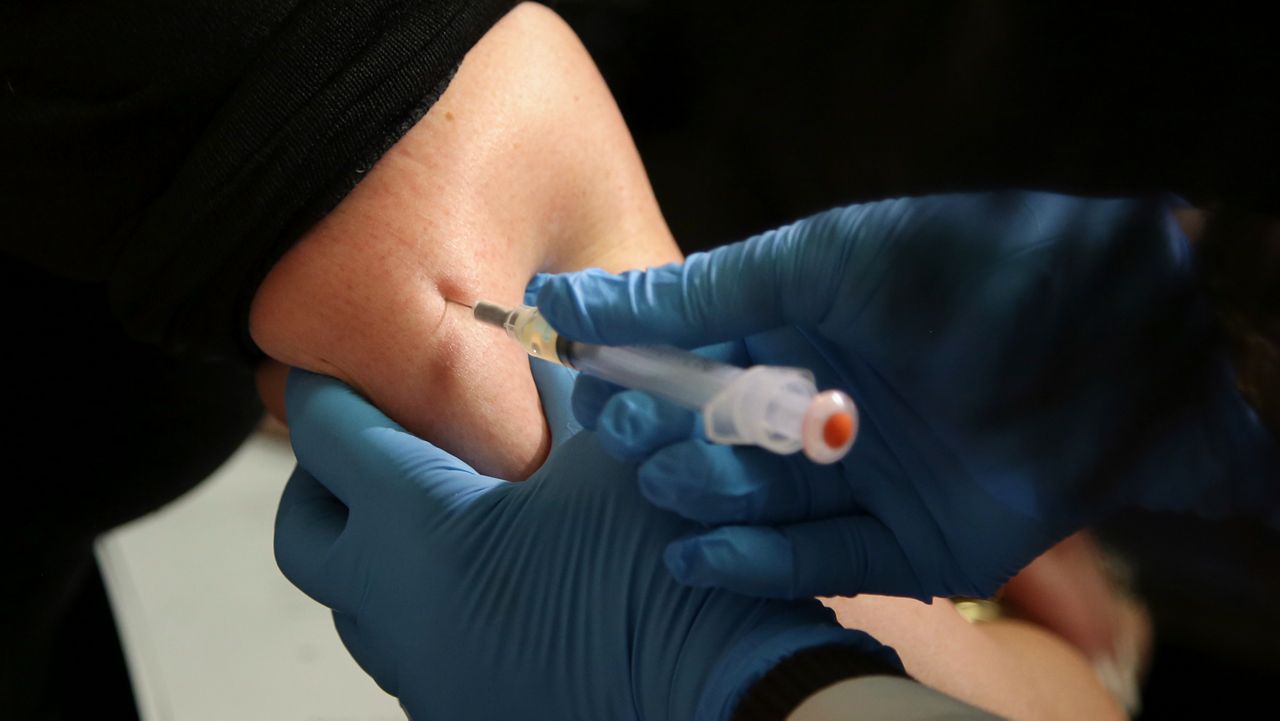The number of measles cases in the United States was 17 times higher in the first quarter of 2024 than any other first quarter dating back to 2020, the U.S. Centers for Disease Control and Prevention reported Thursday. Of the 338 U.S. measles cases that occurred between January of 2020 and the end of March this year, 30% have taken place in 2024.
Almost everyone (96%) in the U.S. with measles either traveled internationally or was around someone who had been outside the country, the agency reported. Sixty-one percent of the individuals whose measles were associated with a case imported from another country were U.S. residents who were eligible for vaccination but were either unvaccinated or of unknown vaccination status.
About a third of the individuals with measles who directly imported it from another country were foreign visitors; the remaining two thirds were U.S. residents, most of whom were not vaccinated.
The eastern Mediterranean and African regions were the most common source of measles for internationally imported cases over the past four years. In the first quarter of 2024, measles cases imported from Europe and Southeast Asia saw a 50% increase compared with prior years.
Of the reported cases, the median patient age was three years old.
Measles is a highly infectious rash accompanied by fever that was eliminated in the U.S. in 2000. That status was threatened in 2019 following a pair of prolonged outbreaks among under-vaccinated populations in New York City and New York state, the agency said
“The rapid increase in the number of reported measles cases during the first quarter of 2024 represents a renewed threat to elimination,” the CDC said in its report.
Stilll, the risk for widespread measles transmission remains low because so much of the population is vaccinated and considered immune.
The CDC said the jump in cases during the first quarter will require an increase in routine measles vaccination coverage among close-knit, under-vaccinated communities, improved monitoring and encouraging vaccinations before international travel.



